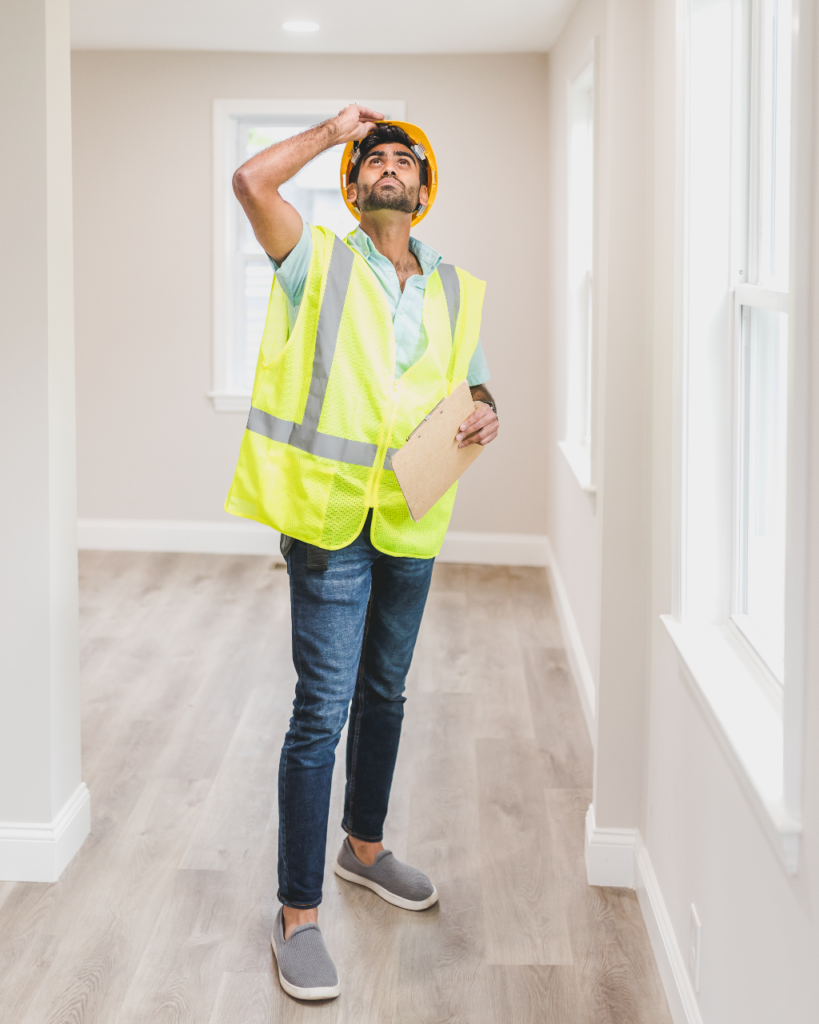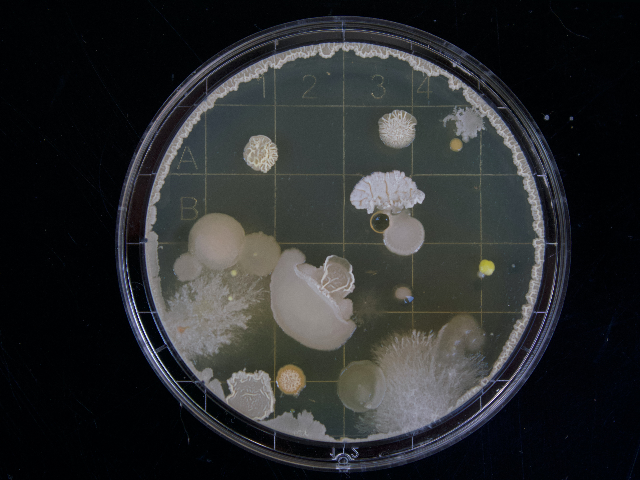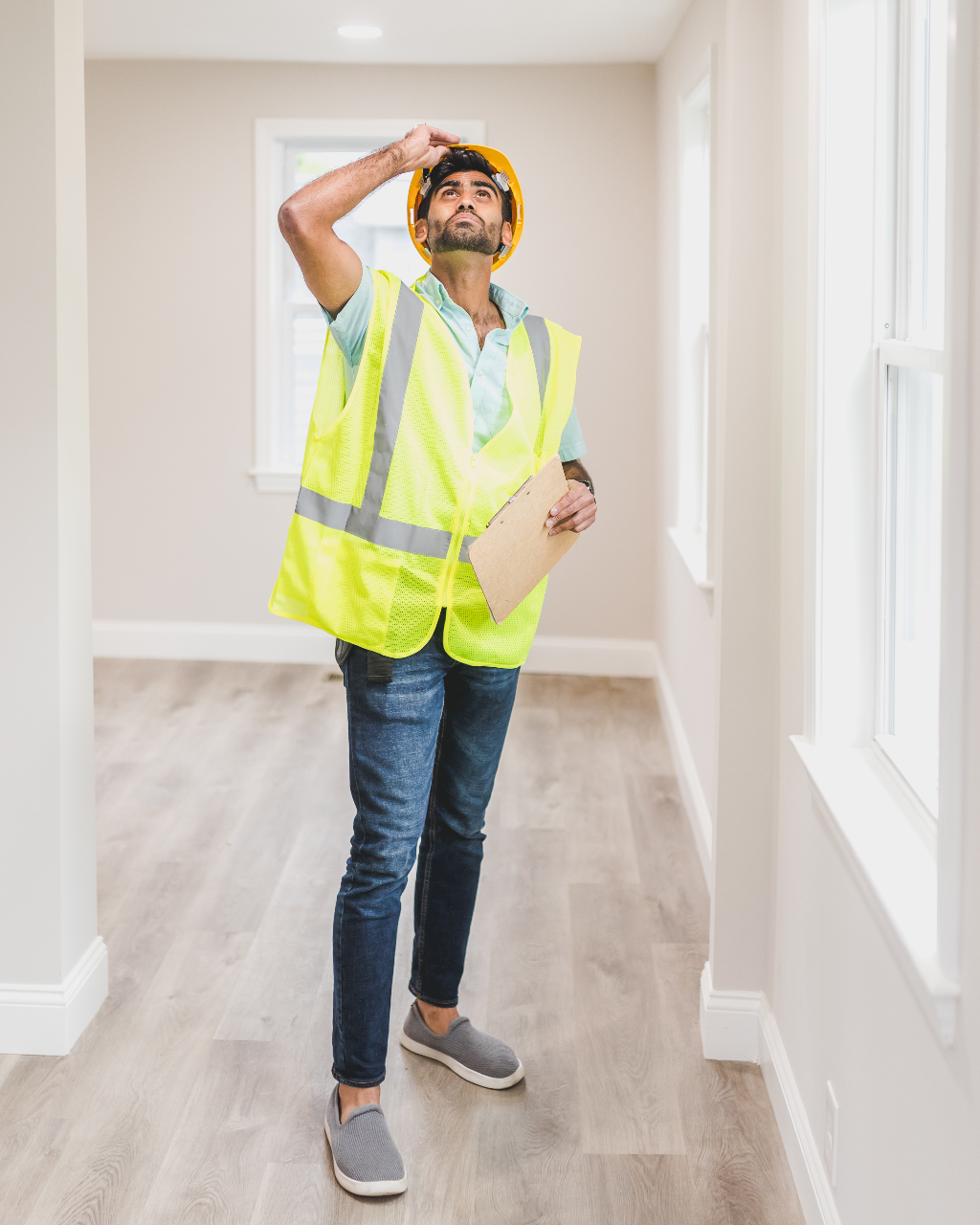If you are considering whether to hire a professional mold inspector, you may be asking yourself, what do I expect from a mold inspection. First and foremost, as for any contractor, make sure that the chosen professional is licensed and insured by the State of New York. Any firm in New York advertising to perform a mold inspection must be licensed. This requires the individual to pass a comprehensive exam, along with required refresher courses and classroom training. Also, according to NYS Mold Law, Article 32, “No licensee shall perform both mold assessment and mold remediation on the same property.” It is considered a conflict of interest and may create a bias for the work needed.
Mold assessment means an inspection or assessment of real property that is designed to discover mold, conditions that facilitate mold, indication of conditions that are likely to facilitate mold, or any combination thereof. It is extremely helpful to gather any background information, such as past leaks, ongoing leaks or water issues that may have impact the property.
Step 1: Visual Inspection Of The Property

The hired mold assessor will likely begin the inspection with a complete visual inspection of the property. To supplement the inspection, the assessor may use different tools, including thermal infrared imaging, moisture readings and humidity/temperature readings.
These tools help the inspector to identify any moisture sources that may not be visible to the naked eye. Mold needs a source of moisture in order to develop. The longer the moisture is present, the more likely mold will colonize and reproduce.
After the visual inspection, the inspector should discuss any findings with the client. What else should you expect from a mold inspection after the visual inspection? Well, the inspector may suggest sampling any areas of concern to determine if mold is present.
Step 2: Air and Surface Sampling
There are two types of samples that can be collected:
- Air
- Surface (Tape Lift or Swab)
Sampling is necessary to determine what type of mold is present, and if it is affecting the air quality.
Sampling is also used for determining the extent of the contamination. For example, imagine a home experienced a flood, and now there is visible mold on all the walls in the basement. It is very likely that an air sample, in the basement, will show elevated levels of mold. But, what about the rest of the home? Mold spores can travel from room-to-room, or floor-to-floor, very easily. Air samples can be collected from the 1st floor of the home to detect if it has also been contaminated.

Step 3: Sample Analysis and Written Report
After the samples are collected, they are submitted to an accredited laboratory for analysis. The results will be reported to the inspector, usually within 1-2 business days. Then, the inspector will prepare a report based on the visual inspection and sample results.

The report should be clear, concise, and unbiased. Generally, the reports will document any findings observed during the visual inspection, and then will divulge the results of the samples. If necessary, the inspector will prepare a remediation protocol with precise instructions, including an estimated measurement of material that will need to be removed.
All remediation activities should be performed by a licensed contractor. Any additional discoveries made during the remediation process should be documented and reported to the client for further instruction.
If you are wondering, what to expect from a mold inspection?
Give us call for more information at (631) 562-8440


It really helped when you elaborated on mold inspections and what we’d expect from the sampling process. Recently, my cousin decided to buy a victorian house, but first, she’s interested in inspecting it, so I believe your insight could help her know more about mold inspections. Thanks for the information on collecting mold from air and surfaces for your sampling process.